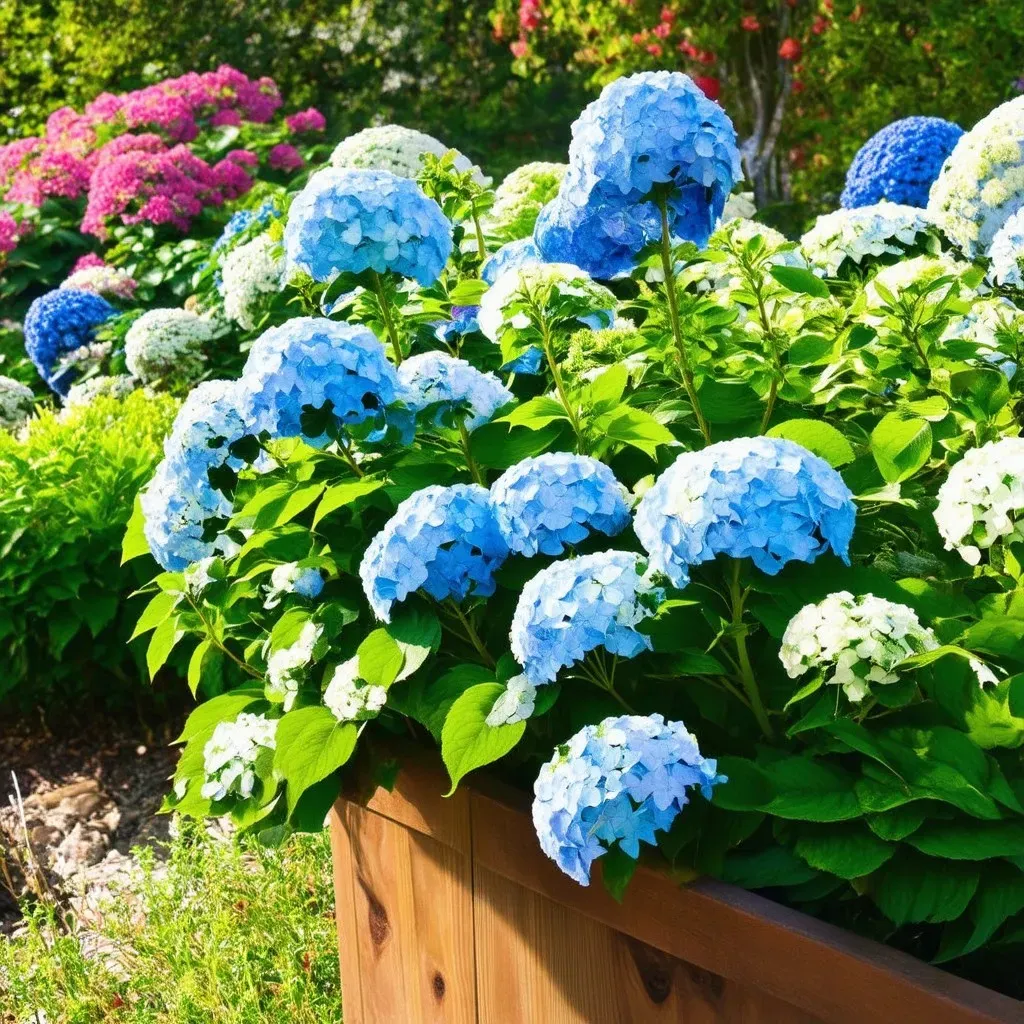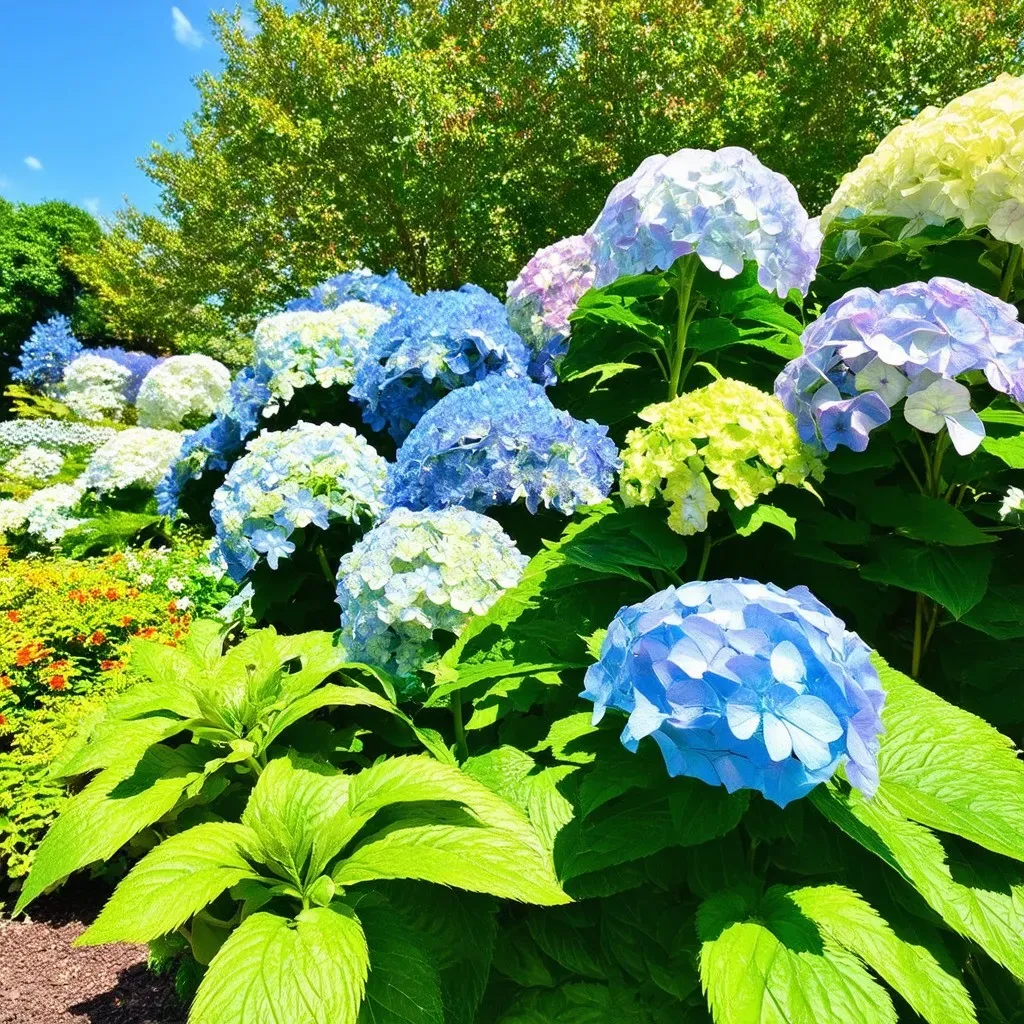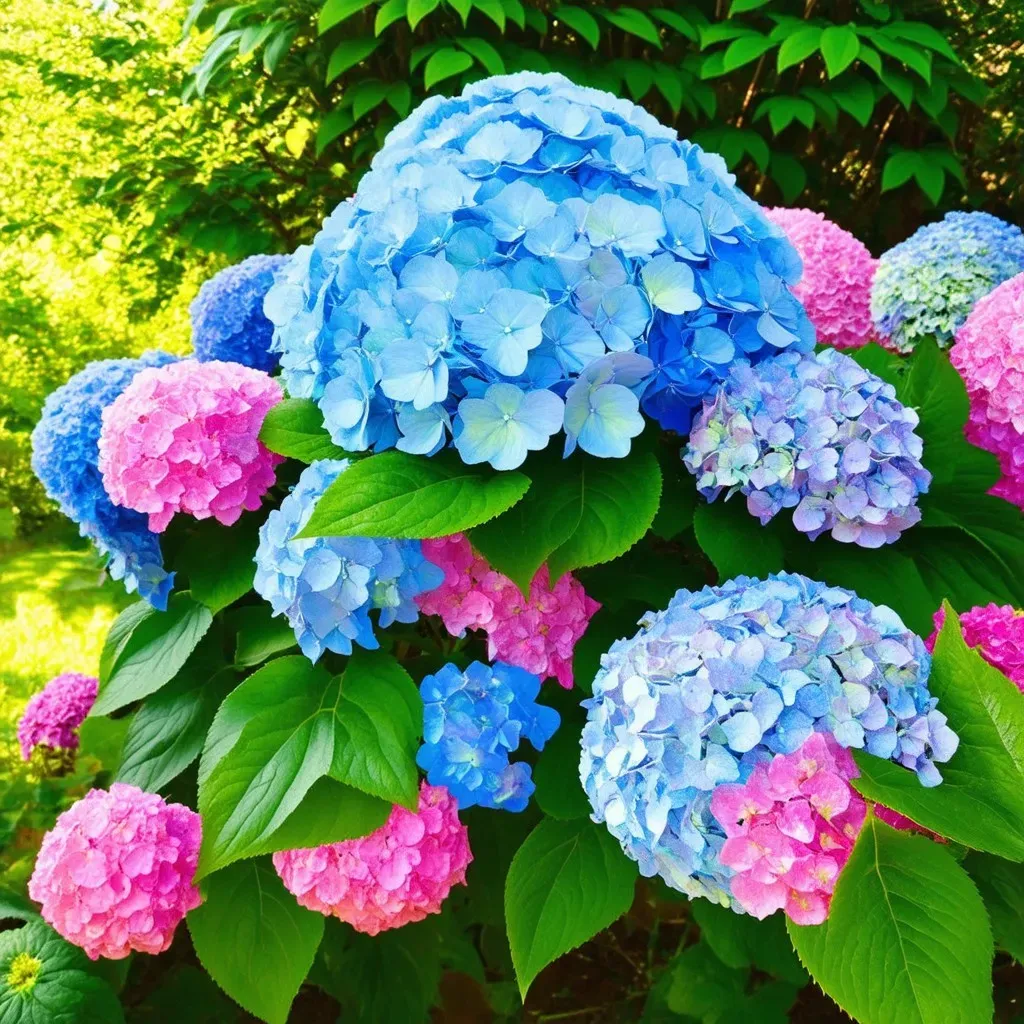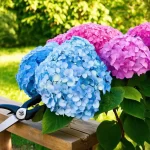When it comes to planting hydrangeas in Michigan, timing, technique, and care choices are crucial for success. Known for their breathtaking blooms and lush foliage, hydrangeas can transform any garden into a vibrant oasis. From spring planting times to care tips, this comprehensive guide will walk you through everything you need to know about growing these beautiful bushes in Michigan’s unique climate.
Optimal Planting Times for Hydrangeas in Michigan
Timing is everything when planting hydrangeas in Michigan. The best times to plant these flowering shrubs are during early spring, typically after the last frost date, which falls between late April and early May. This allows hydrangeas to establish their root system before the onset of the hot summer months, which can be particularly stressful for young plants.
| Planting Period | Description |
|---|---|
| Early Spring | Ideal for planting hydrangeas post-frost. |
| Late Spring to Summer | Hydrangeas can still be planted but may require more watering. |
| Fall Planting | Possible, but may expose plants to winter stress. |

Choosing the Right Type of Hydrangeas for Michigan
Selecting the appropriate type of hydrangea is essential for thriving in Michigan’s climate. Below are some popular hydrangea varieties suitable for this region:
1. Bigleaf Hydrangea (hydrangea macrophylla)
- Bloom Color: Blue or pink, depending on soil pH.
- Bloom Time: Summer.
- Zone: 5-9.
2. Panicle Hydrangea (Hydrangea paniculata)
- Bloom Color: White that ages to pink.
- Bloom Time: Late summer to fall.
- Zone: 3-8.
3. Smooth Hydrangea (Hydrangea arborescens)
- Bloom Color: White.
- Bloom Time: Summer.
- Zone: 3-9.
4. Oakleaf Hydrangea (Hydrangea quercifolia)
- Bloom Color: White to pink.
- Bloom Time: Early summer.
- Zone: 5-9.
| Variety | Bloom Color | Bloom Time | Hardiness Zone |
|---|---|---|---|
| Bigleaf | Blue/Pink | Summer | 5-9 |
| Panicle | White to Pink | Late Summer to Fall | 3-8 |
| Smooth | White | Summer | 3-9 |
| Oakleaf | White to Pink | Early Summer | 5-9 |

Preparation Steps for Planting Hydrangeas
Before planting hydrangeas, consider these important preparation steps to ensure their healthy growth:
1. Selecting the Right Location
Hydrangeas prefer well-drained soil and partial sun. Choose a spot that gets morning sun and afternoon shade to protect them from heat stress. Generally, they require 4-6 hours of sunlight per day.
2. Soil Preparation
Hydrangeas thrive in loamy, well-draining soil rich in organic matter. Consider conducting a soil test to determine the pH level—adjust if necessary:
- Acidic Soil: 5.0-6.0 (Blue blooms)
- Neutral Soil: 6.0-6.5 (Purple blooms)
- Alkaline Soil: Above 6.5 (Pink blooms)
3. Planting Technique
- Dig a Hole: Create a hole twice the width of the root ball and as deep as the root system.
- Placement: Place the plant in the hole, ensuring it sits at the same level as it was in the pot.
- Backfill and Water: Mix native soil with organic matter, backfill the hole, and water deeply.
Ongoing Care and Maintenance
After planting, ensure that you follow these care steps to promote robust health and vibrant blooms:
Watering
Hydrangeas require consistent moisture, particularly during dry spells. Water them deeply once a week, and more frequently during extreme heat.
Mulching
Apply a layer of mulch around the base of hydrangeas to retain moisture and regulate soil temperature.
Fertilization
Use a slow-release fertilizer designed for flowering shrubs. Apply in early spring and again in mid-summer for best results.
Pruning
Pruning depends on the hydrangea variety:
- Bigleaf and Oakleaf: Prune after blooming.
- Panicle and Smooth: Prune in late winter to early spring.

Common Challenges
Hydrangeas can face various issues, particularly in Michigan’s fluctuating climate. Here are some common problems and their solutions:
-
Non-blooming Hydrangeas: This could be due to late spring frosts or improper pruning. Ensure to prune correctly and protect young plants from abnormally low temperatures.
-
Leaf Discoloration: Yellowing leaves may indicate overwatering or a nutrient deficiency. Adjust watering practices or consider fertilizing the soil.
-
Pests: Watch for common pests such as aphids and spider mites. Using insecticidal soap or neem oil can help manage these infestations.
Frequently Asked Questions (FAQ)
1. when do hydrangeas bloom in Michigan?
Hydrangeas bloom at different times depending on their variety. Typically, bigleaf hydrangeas bloom in early summer, while panicle hydrangeas bloom from late summer to fall.
2. How often should I water my hydrangeas?
You should water hydrangeas deeply about once a week, increasing frequency during long dry spells or heat waves.
3. Do I need to prune hydrangeas?
Yes, pruning is necessary, but the timing and method depend on the type of hydrangea you are growing. Research your specific variety for optimal care.
4. Can hydrangeas survive Michigan winters?
Yes, many varieties of hydrangeas are hardy in Michigan’s climate, especially panicle and smooth types, which can withstand colder temperatures.
For a deeper dive into hydrangea growing techniques and recommendations specific to Michigan, refer to sites like GFL Outdoors.
By understanding the nuances of growing hydrangeas in Michigan, you can create a colorful and stunning landscape that thrives season after season. Happy planting!


